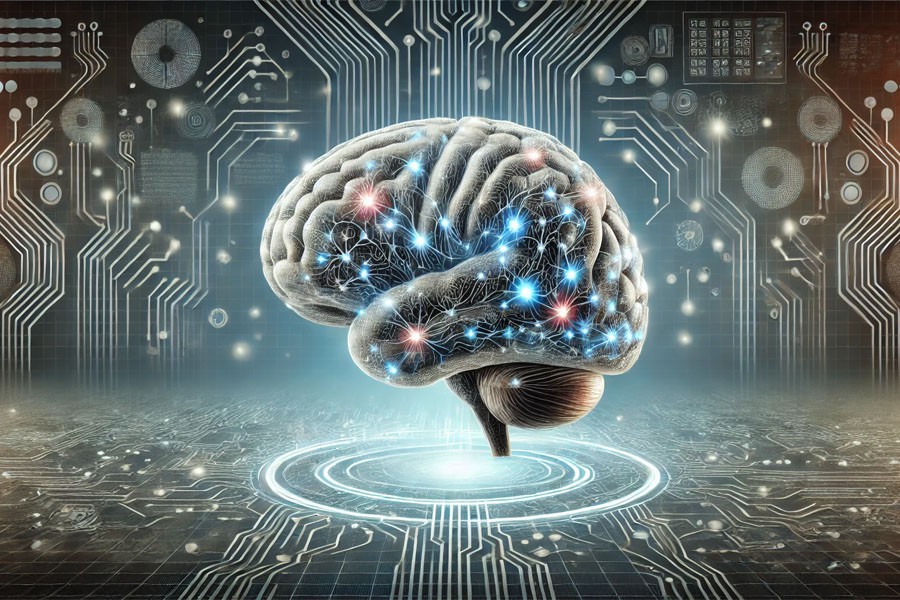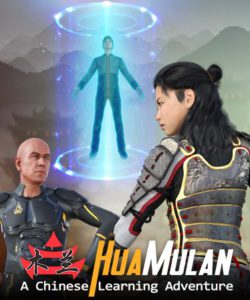Dyslexia, a common learning difference affecting the way individuals process language, poses significant challenges in traditional educational environments. However, recent advancements in educational theory and technology offer promising new approaches to supporting dyslexic learners. One such approach is game-based learning (GBL), particularly when grounded in the principles articulated by educational theorist James Paul Gee. By harnessing the power of games to create immersive, engaging, and supportive learning experiences, educators can provide dyslexic learners with effective interventions that cater to their unique needs.
Understanding Dyslexia and the Challenges in Traditional Education
Dyslexia is characterized by difficulties with accurate and/or fluent word recognition, spelling, and decoding abilities. These challenges often stem from a different way of processing information, particularly in how the brain interprets phonological components of language. Traditional educational methods, which rely heavily on reading and writing, can exacerbate these difficulties, leading to frustration, low self-esteem, and disengagement from learning.
The Promise of Game-Based Learning
Game-based learning offers a dynamic alternative to traditional educational methods, particularly for students with dyslexia. Games are inherently interactive and multimodal, meaning they engage multiple senses and modes of thinking simultaneously. This multimodal approach aligns well with the needs of dyslexic learners, who often benefit from visual, auditory, and kinesthetic learning experiences.
James Paul Gee, a prominent advocate for GBL, has identified several key principles that make games powerful educational tools. These principles can be particularly effective when applied as interventions for dyslexia.
James Paul Gee’s Principles of Game-Based Learning
1. Situated Learning
What it Means: Situated learning emphasizes learning in context. Instead of isolating information (like phonics drills or vocabulary lists), games embed learning within meaningful activities.
Application for Dyslexia: For dyslexic learners, context is crucial. Traditional methods often isolate reading skills in ways that don’t make sense to dyslexic brains. In contrast, game-based learning situates literacy skills within a narrative or problem-solving context. For example, a dyslexic student might practice reading as part of navigating a story or completing a quest, making the learning experience more intuitive and engaging.
2. Performance Before Competence
What it Means: Gee advocates for allowing learners to engage with content before they have fully mastered it. This principle encourages exploration and reduces the fear of making mistakes.
Application for Dyslexia: Dyslexic learners often face anxiety around reading and writing tasks due to the high stakes traditionally associated with these activities. In a game-based environment, they can interact with text and language in a low-pressure context, where making mistakes is part of the learning process. This can help build confidence and reduce the fear of failure.
3. Immediate Feedback
What it Means: Games provide instant feedback on players' actions, allowing learners to understand and correct mistakes in real time.
Application for Dyslexia: Immediate feedback is crucial for dyslexic learners, who may struggle to recognize errors in traditional settings. In a game, when a dyslexic learner makes a mistake, the game can provide instant, supportive feedback, helping the learner to correct the error and understand why it occurred. This feedback loop is essential for building skills and confidence.
4. Multimodal Learning
What it Means: Games often use a combination of text, audio, visuals, and interaction to convey information.
Application for Dyslexia: Multimodal learning is particularly beneficial for dyslexic learners, who may find it easier to process information presented in multiple formats. For example, a game might present instructions both in text and spoken aloud, with visual cues to support understanding. This reinforces learning and helps to bridge gaps in processing.
5. Identity and Agency
What it Means: Gee highlights the importance of identity in learning—when learners see themselves as active participants in the learning process, they are more engaged and motivated.
Application for Dyslexia: Dyslexic learners often struggle with self-esteem and identity in traditional educational environments. Game-based learning allows them to take on roles within the game, such as a hero or problem-solver, which can foster a positive learning identity. This sense of agency is empowering and can motivate dyslexic learners to engage more deeply with the content.
6. Collaborative Learning
What it Means: Many games encourage collaboration, where players work together to solve problems or complete tasks.
Application for Dyslexia: Collaboration can be a powerful tool for dyslexic learners, who may benefit from working with peers in a supportive, game-based environment. This can reduce feelings of isolation and allow them to contribute in ways that align with their strengths, such as problem-solving or creative thinking.
Practical Applications: Designing Games for Dyslexic Learners
To maximize the benefits of game-based learning for dyslexic students, educational games should be designed with their specific needs in mind. Here are some key considerations:
- Narrative-Driven Design: Embed literacy tasks within a compelling narrative to provide context and motivation.
- Flexible Difficulty Levels: Allow learners to choose or automatically adjust the difficulty level to match their reading and processing abilities.
- Multimodal Instructions: Provide instructions and feedback in multiple formats (text, audio, visual) to support different learning styles.
- Positive Reinforcement: Use rewards and positive reinforcement to encourage persistence and reduce anxiety around reading tasks.
- Collaborative Elements: Incorporate opportunities for learners to work together, leveraging social learning and peer support.
Final Thoughts: A New Frontier in Dyslexia Intervention
James Paul Gee’s principles of game-based learning offer a powerful framework for designing educational interventions that can support dyslexic learners in a meaningful way. By creating immersive, engaging, and supportive game environments, educators can help dyslexic students build literacy skills with confidence and joy.
As we continue to explore the potential of game-based learning, it is essential to consider how these principles can be applied to create inclusive educational experiences that cater to the diverse needs of all learners, particularly those with dyslexia. Through thoughtful design and implementation, game-based learning can become a valuable tool in the educational toolkit, offering dyslexic learners the opportunity to succeed and thrive.
Looking to create impactful, game-based learning experiences for your students? Odeum Studio is the perfect platform for educators to design immersive, educational games tailored to diverse learning needs. With tools that make it easy to incorporate personalized learning and engaging content, Odeum Studio empowers you to craft experiences that resonate with every learner, including those with dyslexia. Start transforming education today with Odeum Studio!



